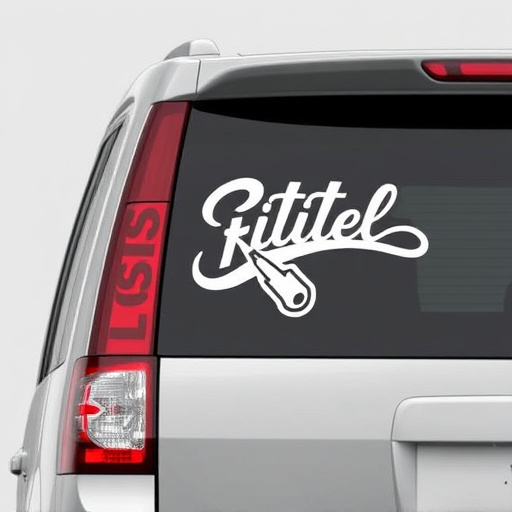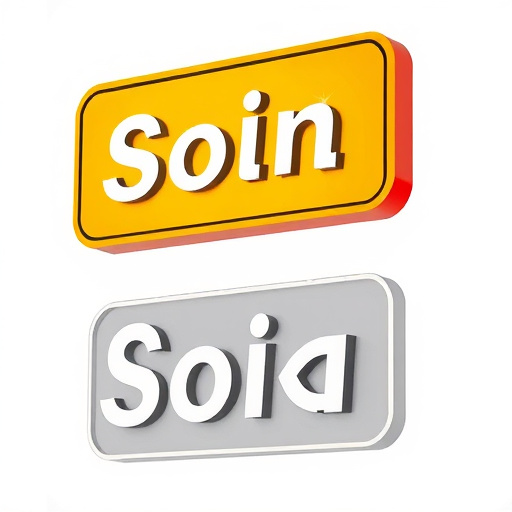Understanding your brand identity through defining core values, mission, unique selling points, target audience, and desired emotional responses is crucial for effective logo design creation. Consistency in branding guidelines ensures a unified visual identity across all marketing materials. By clearly articulating your brand's essence and knowing your target audience, you guide designers to create a logo that resonates with viewers, fosters brand loyalty, and strengthens brand equity. A successful logo design visually represents your brand's core attributes, is versatile for different formats and platforms, and leaves a lasting impression.
“Unleash your brand’s unique identity with a strategic creative brief—the cornerstone of exceptional logo design creation. This article guides you through essential steps, from understanding your brand essence and defining target audiences to crafting specific design requirements.
Explore the impact of color, typography, and symbolic elements, while navigating the iterative process, client feedback, and final quality checks. Discover how a well-structured creative brief ensures your logo resonates with your audience, becoming an enduring symbol of your brand.”
- Understanding Your Brand Identity
- – Defining your brand's essence and target audience
- – Key attributes and values to communicate visually
Understanding Your Brand Identity

Understanding your brand identity is a critical step in the logo design creation process. A strong brand identity encompasses more than just a catchy slogan or visually appealing graphics; it reflects the core values, mission, and unique selling points of your business. Before commissioning or creating a logo, take time to define these elements. Consider the nature of your products or services, your target audience, and the emotions you want to evoke in them. For instance, if your brand is eco-friendly, your logo might incorporate natural elements like leaves or water droplets, while a tech company may opt for sleek, minimalist designs.
This step is essential as it ensures that your logo resonates with your intended audience and effectively communicates your brand’s essence. Think about the tone and personality of your brand—is it playful, sophisticated, or innovative? These attributes should be reflected in your visual identity. Moreover, consider any existing branding guidelines, such as color palettes or typography preferences, to maintain consistency across all marketing materials, including your logo, websites, marketing collateral, and even product packaging (e.g., heat rejection treatments, paint correction services, ceramic window tinting).
– Defining your brand's essence and target audience

Before diving into the intricate process of logo design creation, it’s crucial to define your brand’s essence and understand its target audience. This foundational step is the compass that guides designers towards crafting a symbol that resonates with viewers and effectively communicates your brand’s identity. Your brand’s essence encapsulates what makes your business unique—its values, personality, and purpose. By clearly articulating these aspects, you empower designers to translate them into visual elements that evoke the desired emotions and create a lasting impression.
Similarly, knowing your target audience is paramount. Consider their demographics, psychographics, and behaviors. Are they tech-savvy millennials or traditionalists from a specific industry? Tailoring your logo design to resonate with this audience ensures it doesn’t just stand out but also connects on a deeper level, fostering brand loyalty and appreciation for the vehicle enhancement and protection services you offer, be it through eye-catching vehicle wraps or subtle yet meaningful illustrations.
– Key attributes and values to communicate visually

When crafting a logo design, it’s paramount to visually communicate the key attributes and values that define your brand. A well-designed logo should instantly convey what your business stands for, its essence, and its unique identity. This means selecting colors, shapes, and typography that resonate with your target audience while reflecting your brand personality. For instance, a tech startup might opt for clean lines and vibrant hues to showcase innovation, whereas an automotive detailing service could leverage bold geometric forms and metallic shades to evoke the gleam of a well-polished vehicle—a direct correlation to their services in paint correction and vehicle enhancement.
Visual communication should also consider the broader context where your logo will be used, from business cards to billboards. It’s crucial to ensure versatility and recognition across various formats and platforms. This adaptability showcases professionalism and helps build brand equity. Remember, a successful logo design captures the spirit of your company and leaves a lasting impression, making it an indispensable element in any marketing strategy for logo design creation.
A strong creative brief is the cornerstone of successful logo design creation. By clearly defining your brand identity, understanding your target audience, and articulating key visual attributes, you empower designers to craft a logo that perfectly embodies your essence. This strategic approach ensures that your final logo not only looks captivating but also effectively communicates your brand’s unique value proposition in today’s competitive market.














